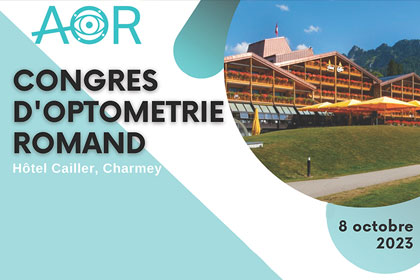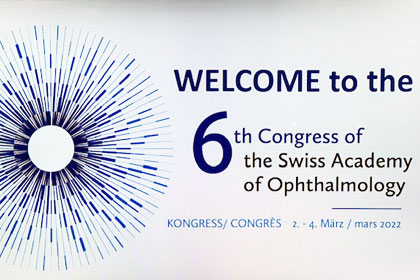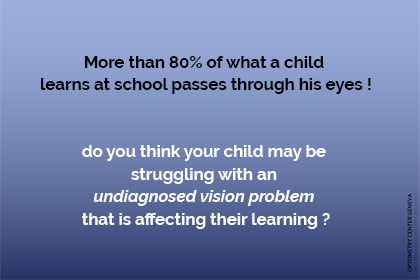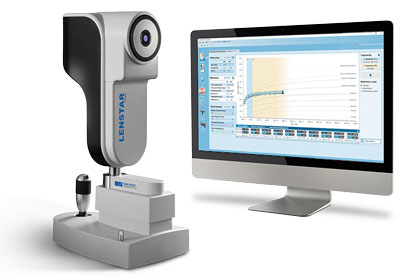
Congress of Optometry Romand
Congress of Optometry Romand October 7 and 8, 2023 Hotel Cailler, in Charmey

Infant visual behavior in the digital age
The challenges posed by the digitization of all aspects of life are particularly relevant when it comes to addressing the impact the use of mobile...

Visual health and road safety: it’s time for action!
The implication of vision in traffic accidents and the importance of political action to treat this risk factor.

Digital vs hard copy: differences in reading 3/3
In this third and final part of our series, we dissect some possible solutions to minimize the potential visual problems linked to the continued use...

Digital vs hard copy: differences in reading 2/3
In this second part of our series, we will briefly analyse the differences between digital and print formats. Since these differences cause certain...

Digital vs hard copy: differences in reading 1/3
Various national and private sector educational systems in most societies are converging towards a full digitization of teaching resources,...

6th Swiss Academy of Ophtalmology Congress
the 6th Swiss Academy of Ophtalmology (SAoO) Congress was held in Lucerne from 2-4 March 2022. With the theme "Interdisciplinary Ophthalmology", the...

More than 80% of what a child learns at school passes through his eyes!
More than 80% of what a child learns at school passes through his eyes! do you think your child may be struggling with an undiagnosed vision problem...

Lenstar Myopia
State-of-the-art Myopia Management and Patient Education The Optometry Center of Geneva, Optique Duvillard, recently equipped itself with the top of...

Subjective Refraction: A new vectorial method for determining the cylinder 3/3
Click here to read the article The refraction technique traditionally used to determine the corrective cylinder for a prescription has changed very...

Subjective Refraction: A new vectorial method for determining the cylinder 2/3
Click here to read the article The refraction technique traditionally used to determine the corrective cylinder for a prescription has changed very...

Subjective Refraction: A new vectorial method for determining the cylinder 1/3
Click here to read the article The refraction technique traditionally used to determine the corrective cylinder for a prescription has changed very...

